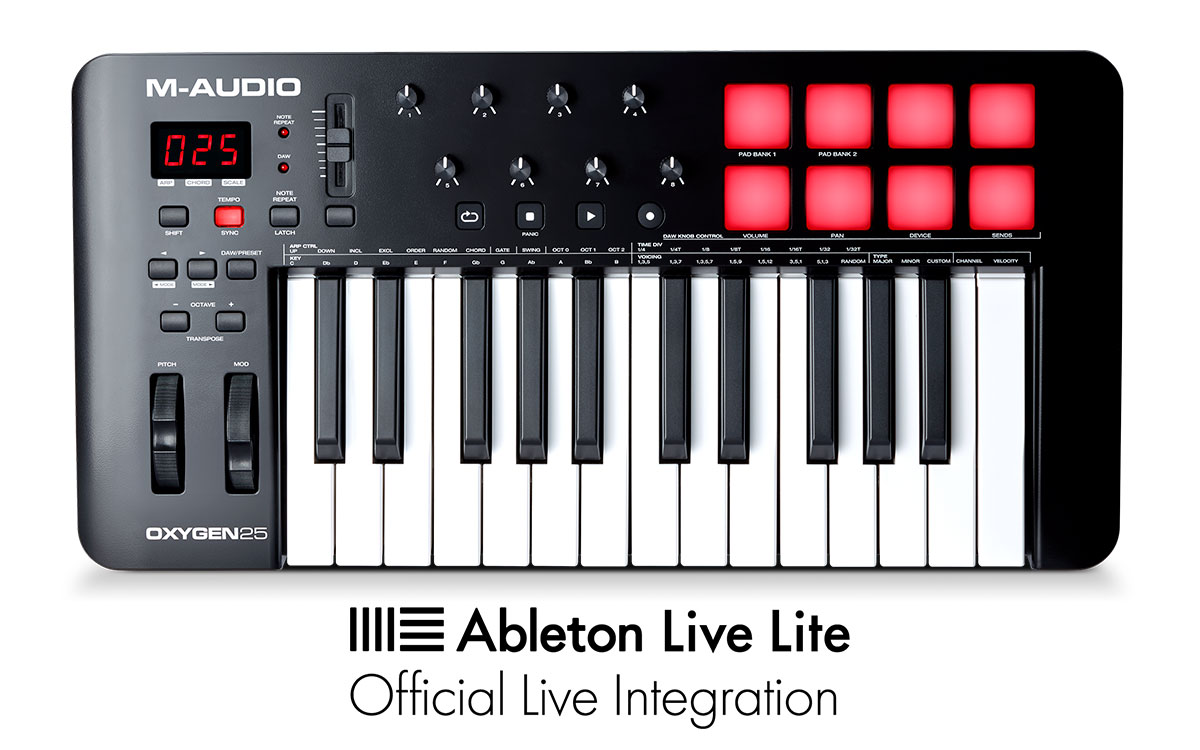
Today, nearly all use MIDI that is transmitted and connects directly via USB. Other uses include sending program changes to DAW music software, so that you can control a number of parameters without the need to use the mouse, and also for sequencing or playing hardware synthesizer modules.

The most common use of a MIDI keyboard is to play VST or ‘software instruments’ used on a computer. Further knobs, buttons & faders can often be customized to control elements of your software that respond to MIDI input.Ī MIDI Keyboard, or Master Keyboard, is a digital device that sends MIDI data to other devices capable of receiving it. MIDI keyboards may also feature a Modulation Wheel and Pitch Bend for added expression. Typically, a MIDI keyboard is available in 25, 49, 61 or 88 key versions, but nearly all feature an octave shift button so you can access a full-range of notes. Some models will also feature an extra 'MIDI IN' or 'MIDI OUT' port for connection to external hardware such as synthesizers. It’s been proven that if you put a piggy bank on your desk and throw ten cents in it every time you change octaves you’ll have enough for a bigger keyboard before you know it :-) Just as important are the integrated MIDI control options, which make it possible for you to control your equipment through the master keyboard.

Today, nearly all MIDI keyboards will connect your computer via USB connection. Instead, MIDI keyboards need to be used in combination with a computer and software instruments, or external modules to generate sounds. MIDI Keyboards looks much like a traditional musical keyboard, but do not generally have sounds built in of their own.


 0 kommentar(er)
0 kommentar(er)
